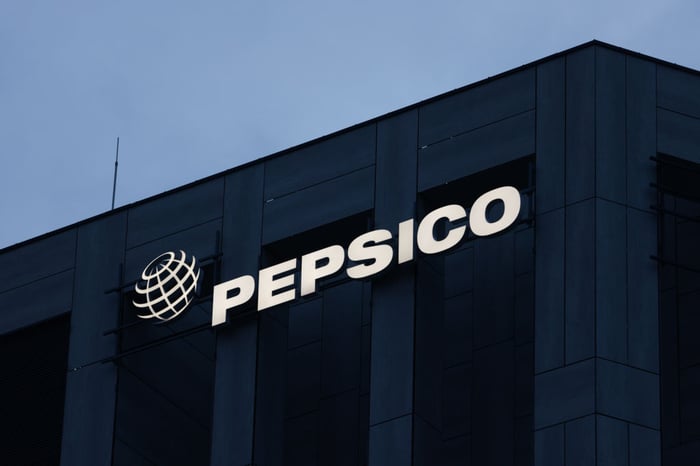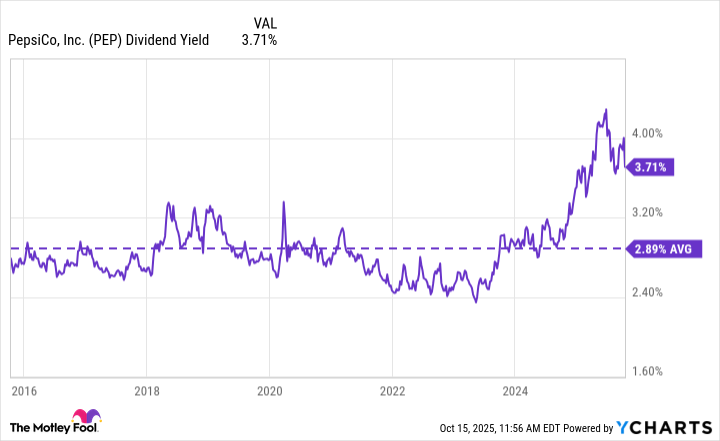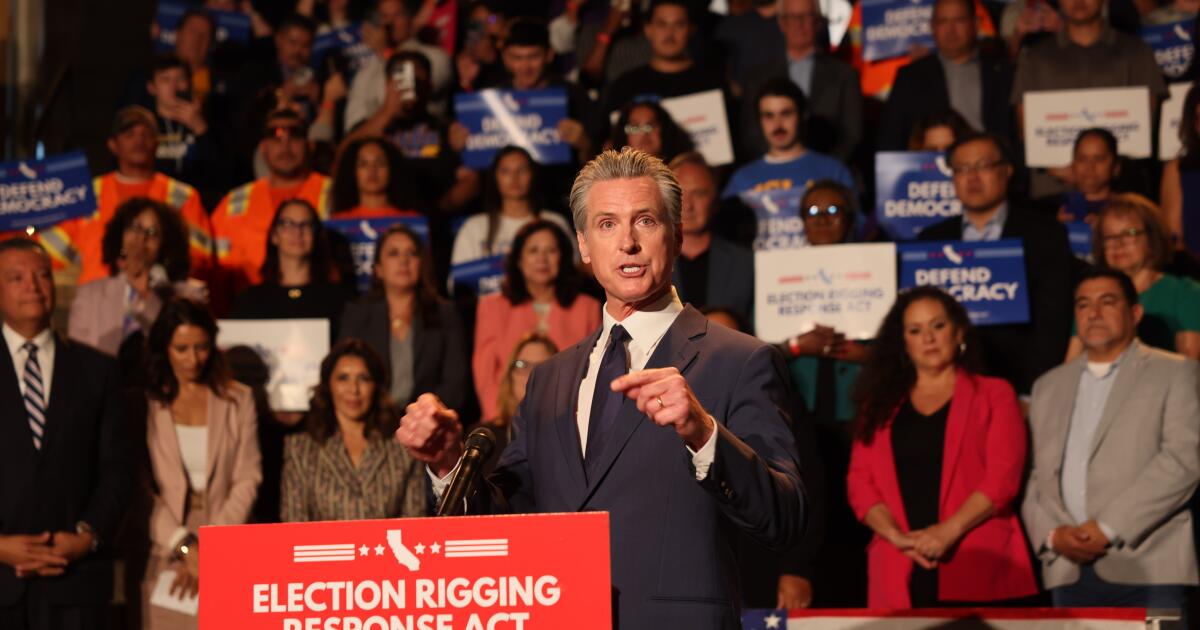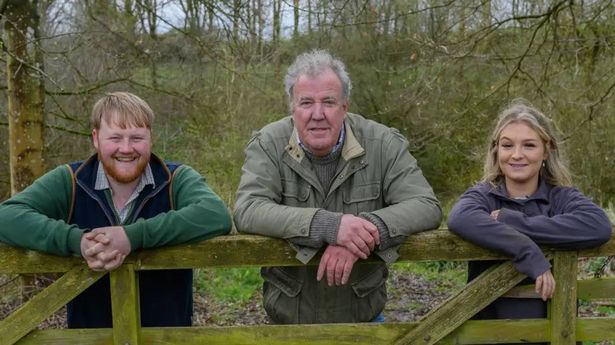Harriet Cowan has been a huge hit with fans of Clarkson’s Farm, with many praising the 24-year-old’s passion for farming and her dedication to show how women can thrive in male-dominant industries
Harriet Cowan, the fresh face on ‘Clarkson’s Farm’, has spilled the beans on her romantic life. People have been curious about the 24-year-old’s life off-screen ever since she appeared on the Amazon Prime show.
Joining the latest series, Harriet has been a major help to ex-‘Top Gear’ host Jeremy Clarkson at Diddly Squat Farm, particularly when fan-favourite Kaleb Cooper headed off to work on various projects across the UK.
Viewers have been cheering for nurse turned farm worker, marvelling at her passion for rural living and ambition to demonstrate that ‘girly girls’ like her can handle tractors and livestock as competently as her male counterparts.
Nevertheless, her time on the programme was short-lived because of Kaleb’s return, which left her new-found fans yearning for more. Yet, her online video shares let followers stay tuned into her daily adventures, drawing in millions of views.
Then, last night [June 19], Harriet dropped a bit of personal news on her TikTok page as she introduced her beau James Booth to followers. A recent cosy snapshot was shared alongside a throwback pic from their teen days at 18.
Harriet expressed: “From party teenagers in 2018, to mid-to-late 20s in 2025 and like to be in bed before 10. I hope I get to this life with you forever.”
Harriet and her beau James, who is said to be a third-generation farmer, first crossed paths at a Young Farmer’s meeting. Harriet often gives her followers a peek into their life together via social media.
In one of her recent posts, she shared a clip of James behind the wheel of a tractor, hinting that he is four years her senior. In another post, she mused: “The ‘butterfly effect’ is crazy because if I didn’t join Young Farmers we’d never have met.”
She continued: “YFC gave me my whole life and for that I will be forever grateful!” Harriet also urged others to consider joining community groups, promising they will “meet the greatest people”.
Her followers were delighted to see the couple together. One commented: “Wishing you both eternal happiness,” while another added: “You two are so cute,”.
One follower, who has been in a relationship for a similar duration, shared: “Me and my partner begun our relationship in 2018 too! 7 years, 1 dog, 2 kids and two homes later, we made it.”
Some fans hinted at wedding bells, too. One joked: “Buddy needs to put a ring on your finger.” And another cheekily asked: “When’s the wedding?.”
Aside from her love life, Harriet has been concentrating on her own business since her stint on the show. Recently, she directed her 493,000 Instagram followers to her new contracting page, Cowan Contracting.
The description of the page reads: “Cowan Contracting ~ family business. Eddy Cowan / Harriet Cowan. Contracting needs over Derbyshire. Based in Belper.”
However, fans hope she’ll leave some time to come back to our screens. After the new Clarkson’s Farm episodes aired, one fan begged: “Harriet was amazing, brought so much to the show, please bring her back.”
Another commented: “Please bring Harriet back, she was a fantastic addition.” And a third chimed in with praise, saying: “Thought she was such a hard worker, bless her.”









